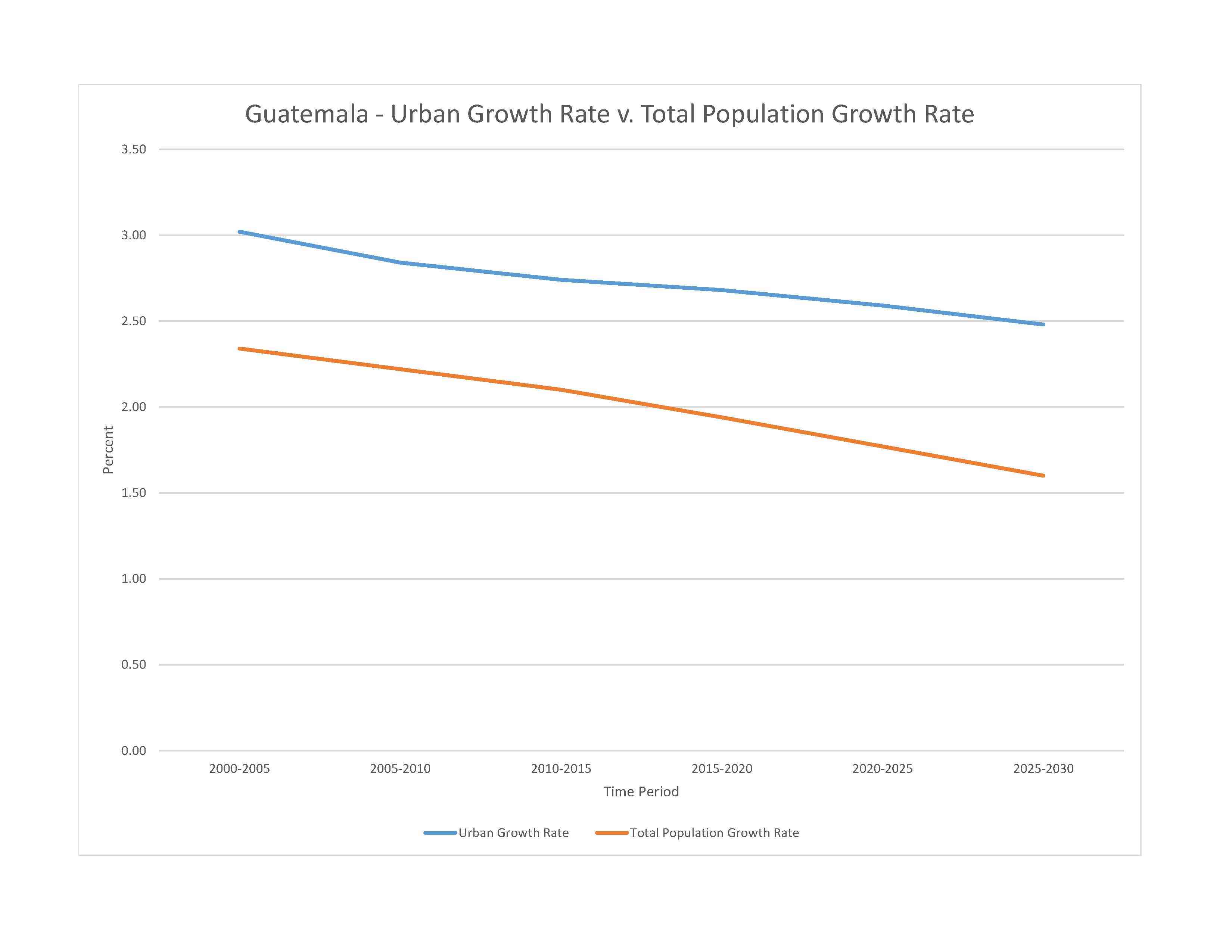
17,980,803 (2023 est.)
noun: Guatemalan(s)
adjective: Guatemalan
Mestizo (mixed Amerindian-Spanish - in local Spanish called Ladino) 56%, Maya 41.7%, Xinca (Indigenous, non-Maya) 1.8%, African descent 0.2%, Garifuna (mixed West and Central African, Island Carib, and Arawak) 0.1%, foreign 0.2% (2018 est.)
Spanish (official) 69.9%, Maya languages 29.7% (Q'eqchi' 8.3%, K'iche 7.8%, Mam 4.4%, Kaqchikel 3%, Q'anjob'al 1.2%, Poqomchi' 1%, other 4%), other 0.4% (includes Xinca and Garifuna); note - the 2003 Law of National Languages officially recognized 23 indigenous languages, including 21 Maya languages, Xinca, and Garifuna (2018 est.)
major-language sample(s):
La Libreta Informativa del Mundo, la fuente indispensable de información básica. (Spanish)
The World Factbook, the indispensable source for basic information.
Spanish audio sample:
Roman Catholic 41.7%, Evangelical 38.8%, other 2.7%, atheist 0.1%, none 13.8%, unspecified 2.9% (2018 est.)
Guatemala is a predominantly poor country that struggles in several areas of health and development, including infant, child, and maternal mortality, malnutrition, literacy, and contraceptive awareness and use. The country's large indigenous population is disproportionately affected. Guatemala is the most populous country in Central America and has the highest fertility rate in Latin America. It also has the highest population growth rate in Latin America, which is likely to continue because of its large reproductive-age population and high birth rate. Almost half of Guatemala's population is under age 19, making it the youngest population in Latin America. Guatemala's total fertility rate has slowly declined during the last few decades due in part to limited government-funded health programs. However, the birth rate is still more close to three children per woman and is markedly higher among its rural and indigenous populations.
Guatemalans have a history of emigrating legally and illegally to Mexico, the United States, and Canada because of a lack of economic opportunity, political instability, and natural disasters. Emigration, primarily to the United States, escalated during the 1960 to 1996 civil war and accelerated after a peace agreement was signed. Thousands of Guatemalans who fled to Mexico returned after the war, but labor migration to southern Mexico continues.
0-14 years: 31.98% (male 2,927,423/female 2,822,441)
15-64 years: 62.78% (male 5,568,051/female 5,720,928)
65 years and over: 5.24% (2023 est.) (male 420,782/female 521,178)
total dependency ratio: 60.9
youth dependency ratio: 53
elderly dependency ratio: 7.9
potential support ratio: 12.7 (2021 est.)
total: 24.4 years (2023 est.)
male: 23.8 years
female: 25 years
1.54% (2023 est.)
21.9 births/1,000 population (2023 est.)
4.9 deaths/1,000 population (2023 est.)
-1.6 migrant(s)/1,000 population (2023 est.)
the vast majority of the populace resides in the southern half of the country, particularly in the mountainous regions; more than half of the population lives in rural areas
urban population: 53.1% of total population (2023)
rate of urbanization: 2.59% annual rate of change (2020-25 est.)

3.095 million GUATEMALA CITY (capital) (2023)
at birth: 1.05 male(s)/female
0-14 years: 1.04 male(s)/female
15-64 years: 0.97 male(s)/female
65 years and over: 0.81 male(s)/female
total population: 0.98 male(s)/female (2023 est.)
20.6 years (2014/15 est.)
note: data represents median age at first birth among women 25-49
96 deaths/100,000 live births (2020 est.)
total: 25.6 deaths/1,000 live births (2023 est.)
male: 28.8 deaths/1,000 live births
female: 22.2 deaths/1,000 live births
total population: 73.2 years (2023 est.)
male: 71.2 years
female: 75.3 years
2.57 children born/woman (2023 est.)
1.25 (2023 est.)
60.6% (2014/15)
improved: urban: 97.9% of population
rural: 92.2% of population
total: 95% of population
unimproved: urban: 2.1% of population
rural: 8% of population
total: 5% of population (2020 est.)
6.5% of GDP (2020)
1.24 physicians/1,000 population (2020)
0.4 beds/1,000 population (2017)
improved: urban: 90.4% of population
rural: 66.3% of population
total: 78.8% of population
unimproved: urban: 9.6% of population
rural: 33.7% of population
total: 21.2% of population (2020 est.)
degree of risk: high (2023)
food or waterborne diseases: bacterial diarrhea, hepatitis A, and typhoid fever
vectorborne diseases: dengue fever and malaria
21.2% (2016)
total: 1.63 liters of pure alcohol (2019 est.)
beer: 0.9 liters of pure alcohol (2019 est.)
wine: 0.05 liters of pure alcohol (2019 est.)
spirits: 0.68 liters of pure alcohol (2019 est.)
other alcohols: 0.01 liters of pure alcohol (2019 est.)
total: 10.9% (2020 est.)
male: 20.1% (2020 est.)
female: 1.6% (2020 est.)
14.4% (2021/22)
57.2% (2023 est.)
3.1% of GDP (2021 est.)
definition: age 15 and over can read and write
total population: 83.3%
male: 87.7%
female: 79.3% (2021)
total: 11 years
male: 11 years
female: 10 years (2019)
NOTE: The information regarding Guatemala on this page is re-published from the 2024 World Fact Book of the United States Central Intelligence Agency and other sources. No claims are made regarding the accuracy of Guatemala 2024 information contained here. All suggestions for corrections of any errors about Guatemala 2024 should be addressed to the CIA or the source cited on each page.
This page was last modified 04 May 24, Copyright © 2024 ITA all rights reserved.